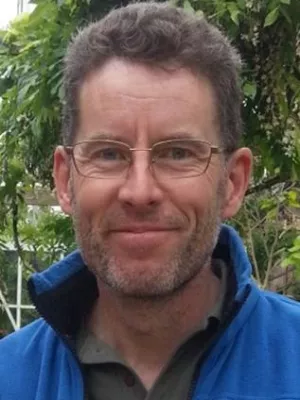
Dan Hammarlund
Professor

Combining limnology and palaeolimnology to investigate recent regime shifts in a shallow, eutrophic lake
Author
Summary, in English
In this study, we demonstrate that an integrated approach, combining palaeolimnological records and limnological monitoring data, can increase our understanding of changing ecological patterns and processes in shallow lakes. We focused on recent regime shifts in shallow Lake Krankesjon, southern Sweden, including the collapse of the clear-water state in 1975 and its subsequent recovery in the late 1980s. We used diatom, hydrocarbon and biogenic silica sediment records, in concert with limnological data sets on nutrient concentrations, water clarity, chlorophyll-a and water depth, to investigate the shifts. The shift from clear to turbid conditions was abrupt and occurred over 1 to 2 years, whereas recovery of the clear-water state was more gradual, taking 4-5 years. In 1978, shortly after the first regime shift in water clarity, the diatom community underwent a significant shift. It became less diverse, with decreased abundance of epiphytic and planktonic taxa. Despite rising phosphorus concentrations and lower abundance of submerged macrophytes, Lake Krankesjon has remained in the clear-water state over the past 20 years, although this state seems to be increasingly unstable and susceptible to collapse. The complex reactions of the entire lake ecosystem to major changes in lake-water clarity, as shown by the palaeolimnological variables investigated in this study, emphasize the importance of careful lake and catchment management if a stable, clear-water state is desired.
Department/s
- Quaternary Sciences
- Division aquatic ecology
- MERGE: ModElling the Regional and Global Earth system
- BECC: Biodiversity and Ecosystem services in a Changing Climate
- Aquatic Ecology
Publishing year
2014
Language
English
Pages
437-448
Publication/Series
Journal of Paleolimnology
Volume
51
Issue
3
Document type
Journal article
Publisher
Springer
Topic
- Ecology
- Geology
Keywords
- Regime shift
- Monitoring
- Ecosystem
- Alternative stable state
- Diatoms
- Hydrocarbons
Status
Published
Research group
- Aquatic Ecology
ISBN/ISSN/Other
- ISSN: 0921-2728

